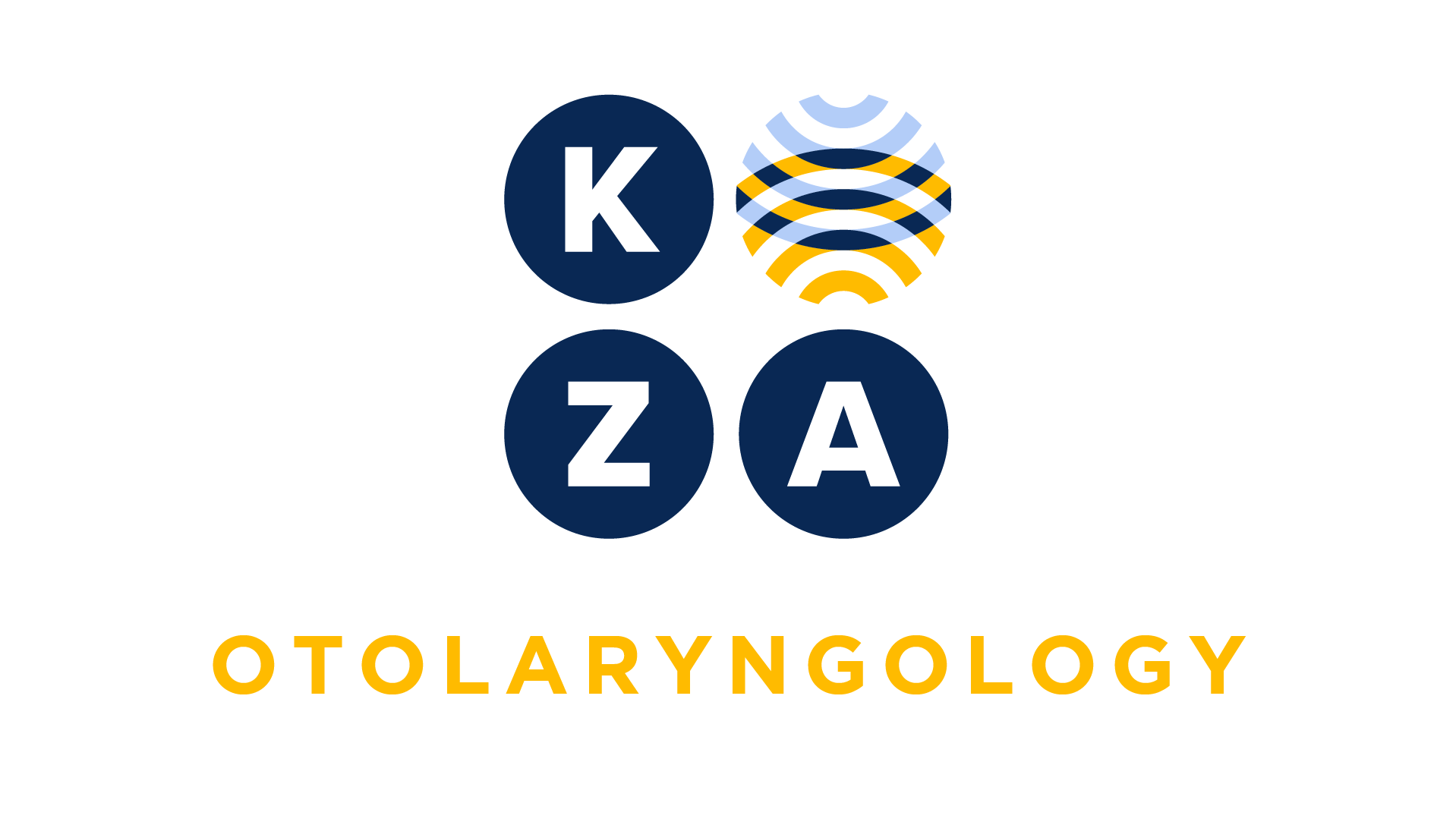
Choose your specialty from the list below to see how our experts have tackled a wide range of client questions.
Looking for something specific? Utilize our search feature by typing in a key word!
Coding for Goldilocks
How do I code for a “Goldilocks” Reconstruction?
Question:
How do I code for a “Goldilocks” Reconstruction?
Answer:
KZA would like to thank you for this great question!
In the “Goldilocks” procedure, what remains of skin following a mastectomy is used to create a breast mound.
The ASPS advises using an adjacent tissue transfer code (ATT 14XXX), with the dimension based only on the inferior tissue that is separately incised and transferred to create the breast mound. They also describe this procedure as “similar to” an autoderm flap.
In a CPT Assistant from April 2021, there is an instruction to report the adjacent tissue transfer codes for reporting a de-epithelialized autoderm flap based only on the transposed area.
To assign the appropriate code for the Goldilocks procedure, the dimension based only on the inferior tissue that is separately incised and transferred should be documented clearly. The remaining skin closure is considered included.
*This response is based on the best information available as of 6/05/25.
E/M for Worsening Chronic Condition
I have a patient with end stage renal disease who I saw yesterday in follow-up in the clinic. His ESRD is not at treatment goal, I recommended a fistula procedure and discussed specific risks and benefits of the procedure with the patient. What E/M level should I bill?
Question:
I have a patient with end stage renal disease who I saw yesterday in follow-up in the clinic. His ESRD is not at treatment goal, I recommended a fistula procedure and discussed specific risks and benefits of the procedure with the patient. What E/M level should I bill?
Answer:
ESRD is a chronic condition. If the patient is not at treatment goal as you stated, the complexity of the problem addressed is moderate. When recommending a major procedure if you discuss patient and procedure risks in detail and document this information in the note, the risk of mortality and/or morbidity of patient management is high. Based on these factors, the level of service would be moderate. Two elements must be met from the Medical Decision Making table for the level of service. Since this is an established patient, I would report 99214 (established patient office or other outpatient).
*This response is based on the best information available as of 6/05/25.
Myringoplasty using a Water-insoluble, Off-white, Nonelastic, Porous, and Pliable Product
If a physician performs a myringoplasty and uses a water-insoluble, off-white, nonelastic, porous, and pliable product, would it be appropriate to report code 69620 alone or 69620 appended with modifier 52, Reduced Services?
Question:
If a physician performs a myringoplasty and uses a water-insoluble, off-white, nonelastic, porous, and pliable product, would it be appropriate to report code 69620 alone or 69620 appended with modifier 52, Reduced Services?
Answer:
No, if the preparation of the perforation edges and a water-insoluble, off-white, nonelastic, porous, pliable product was used as a patch to the drum defect, code 69610, Tympanic membrane repair, with or without site preparation of perforation for closure, with or without patch, would be reported. If a tissue graft was harvested and edges prepared for the drum defect repair, then code 69620, Myringoplasty (surgery confined to drumhead and donor area), would be reported.
*This response is based on the best information available as of 6/05/25.
Billing for a Simple Repair of the Scalp
My physician is billing a simple repair of the scalp with CPT code 12001 when he uses steri-strips to do the repair. I don’t believe this is correct. Can we report the use of steri-strips alone to report a simple repair?
Question:
My physician is billing a simple repair of the scalp with CPT code 12001 when he uses steri-strips to do the repair. I don’t believe this is correct. Can we report the use of steri-strips alone to report a simple repair?
Answer:
According to CPT guidelines, repairs are reported when the provider utilizes sutures, staples, or tissue adhesives either singly or in combination with each other, or in combination with adhesive strips. Repairs utilizing adhesive strips alone are not separately reportable. They are part of the E/M service.
*This response is based on the best information available as of 5/22/25.
Postoperative Pain Block by Surgeon
Our surgeon is performing a total knee replacement and a postoperative pain block on a Medicare patient. Can we report the block in addition to the total knee arthroplasty procedure?
Question:
This question may fall outside the interventional pain questions typically submitted to KZA.
Our surgeon is performing a total knee replacement and a postoperative pain block on a Medicare patient. Can we report the block in addition to the total knee arthroplasty procedure?
Answer:
Thank you for your submitted question!
Both CPT and CMS consider postoperative pain management by the physician performing the surgical procedure to be included in the global surgical package and not separately reportable.
Based on the submitted scenario, the surgeon's appropriate coding is 27447 for the total knee arthroplasty.
*This response is based on the best information available as of 5/22/25.
Risk of Patient Management
Our new surgeon wants to code a level five encounter for all patients where the patient is scheduled for inpatient surgery. He states he was educated that all outpatient surgeries are automatically a level four encounter, and all inpatient surgeries are automatically level five encounters. Have we been assigning the level of risk incorrectly?
Question:
Our new surgeon wants to code a level five encounter for all patients where the patient is scheduled for inpatient surgery. He states he was educated that all outpatient surgeries are automatically a level four encounter, and all inpatient surgeries are automatically level five encounters. Have we been assigning the level of risk incorrectly?
Answer:
Unfortunately, it sounds as though the surgeon received incorrect information.
The risk of patient management (one of three MDM Elements) is based on the procedure risks and patient specific risks for the surgical procedure. Whether the surgery is inpatient or outpatient is not a factor in determining the risk level for the encounter.
Let’s look at CPT’s MDM table under “Risk of complications and/or morbidity or mortality of patient management as a possible source of confusion.
CPT provides several examples for high risk:
· “Decision regarding hospitalization or escalation of hospital level care.”
· “Decision regarding elective major surgery with identified patient or procedure risk factors”
· “Decision regarding emergency major surgery”
If one of these criteria is met, then the provider reaches high risk as one of the elements of MDM. To bill the service as high risk, one of the two other elements (number and Complexity of problems addressed at the encounter or amount and/or complexity of data to be reviewed and analyzed) must also be at high.
This level of E/M service is associated with a presenting problem where the patient requires hospitalization for management of the presenting problem/condition and meets the MDM elements criteria not for surgery itself.
Do you have a Coding Question you would like answered in a future Coding Coach?
If you have an urgent coding question, don't hesitate to get in touch with us here.






